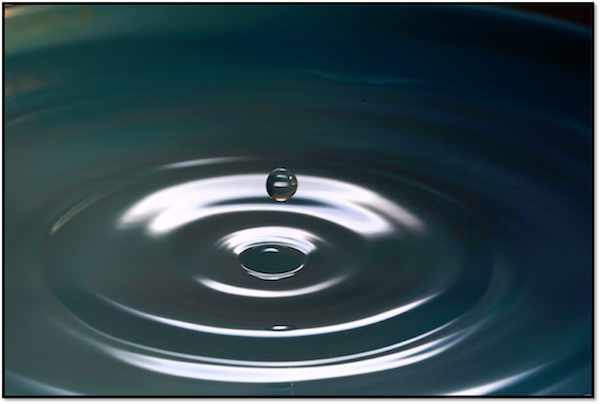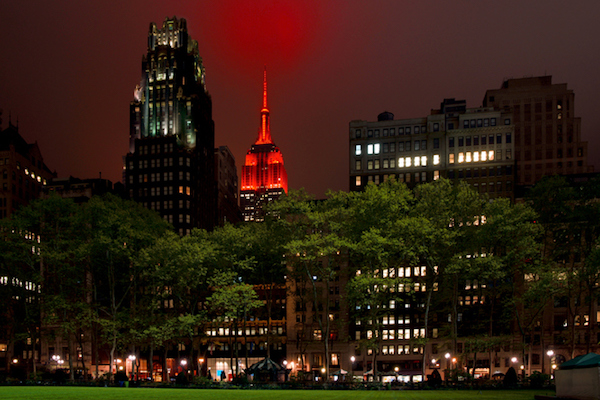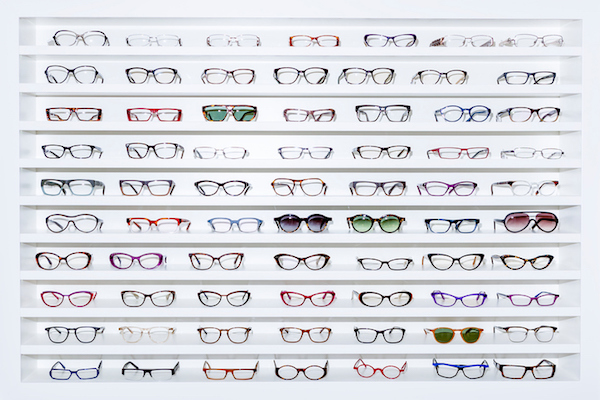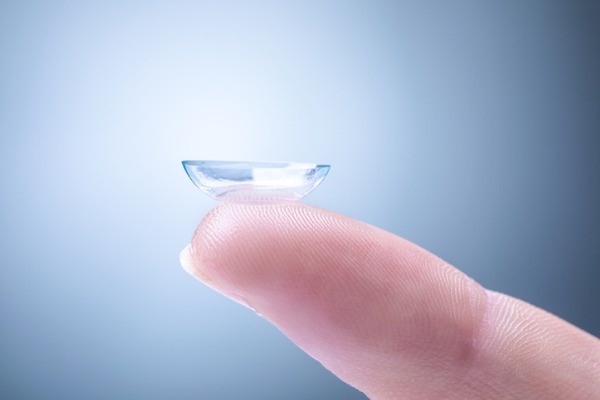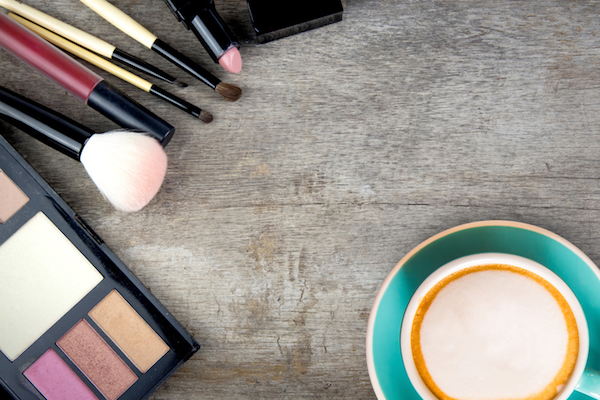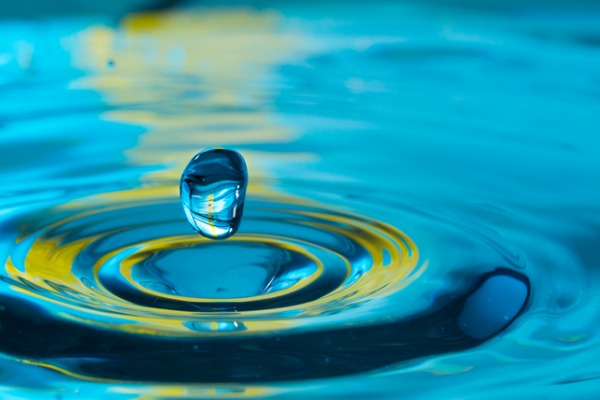
A Patients Guide to Artificial Tears (Part One)
There are many different types of artificial tears on the market, so it can become confusing as a consumer to know which ones are best.
Artificial tears are used to refresh, restore, and repair the front surface of your eyes. There are many different types of artificial tears on the market, so it can become confusing as a consumer to know which ones are best. If you’ve ever stood in the artificial tear aisle (of the supermarket or drug store) and had no idea what to do, this article is definitely for you.
From a technical standpoint, when you suffer from dry eyes, your tear film is usually somewhere in the range of lacking to nonexistent. Many of the treatments your eye doctor prescribes will help to improve both the quality and quantity of your tears. While you work to get your body to produce tears again, you will need to supplement your tear film with artificial tears. Here’s a break down of the different categories of artificial tears out there.
Categories of Tears:
There are two major categories of artificial tears: preserved and non-preserved. I’ll use a clothing analogy to make my point more relatable. Let’s take pants for example. You have two different categories of pants — long pants and short pants. To take it one step further, let’s say that pants below the knee are long pants and pants above the knee are shorts.
In the artificial tear world, you have the same distinction. Preserved tears come in bottles and have ingredients that prevent bacteria from growing within the drop bottle. Non-preserved artificial tears come in single serving vials, or more sophisticated chamber dropper bottles. These tears do not have any preservatives so they are packaged into smaller portions.
It is important to use a preservative-free drop when you use the tears more than four times a day. Otherwise, the preservatives can begin to irritate your eyes. If you’re a contact lens wearer, it’s imperative to always use preservative-free lubricants. This is because the preservative molecules can soak into the contact lens material itself and can cause extreme irritation to your eyes over time.
-

Preserved Tears -

Non-Preserved Tears
Types of Artificial Tears:
Next, we can talk about the types of material our pants are made of — for instance: denim, cotton twill, corduroy, or seersucker. You can have pants or shorts made up of all of these materials. The same is true for artificial tears. There are six types of artificial tears: lubricating drops, lipid-based drops, contact lens rewetting drops, gels, and ointments. These types each reside in one the two artificial tear categories (preserved or preservative-free). Let’s break down some more information about each type of tears:
Lubricating Drops:
Lubricating drops are used to replenish tear film and wash away pollen, dirt, and dust. This type of drop is important to use for people who do not have enough tears on the front surface of the eye. These drops can be also used in patients who have mild dry eye or who are wearing contact lenses. However, with contact lens wear you will need to pick a lubricating drop from the preservative-free category.
-

Preserved Lubricating Drops -

Preservative-Free Lubricating Drops
Lipid-based Drops:
These drops contain oils that keep the watery layer of the tear film from drying out too quickly. Furthermore, they tend to provide longer lasting relief than lubricating drops. In a nutshell, lipid-based drops lubricate, hydrate, and prevent evaporation.
On the surface, some of these drops may appear milky because of the lipids. That said, it’s best to shake these drops before using to ensure the solution is well mixed. These thicker solutions could blur your vision for a few seconds, but not for very long. There are also several lipid-based drops available in preservative-free containers. However, they shouldn’t be used while wearing contact lenses because the lipids may coat the surface of the contact lenses and cause prolonged blurred vision.
-

Preserved Lipid-Based Drops -

Preservative-Free Lipid Based Drops
Contact Lens Rewetting Drops:
Rewetting drops are specifically formulated for use while wearing contact lenses. They help to keep your eyes moisturized along with your contact lenses. There are two choices when it comes to wearing rewetting drops. One is actual rewetting drops, the other is preservative-free lubricating drops. The difference between the two is rewetting drops come in bottles with inactive preservatives, and lubricating drops come in vials and never contain preservatives.

Artificial Tear Gels:
Tear gels are thicker than a regular artificial tear, lubricating, or lipid-based tear and they tend to coat the front surface of the eye longer. They’re similar in thickness to artificial tear ointments, but they’re much easier to instill in the eye because the gel comes out of the bottle in droplet form and coats the front surface of the eye on contact. Gel drops are likely to blur your vision significantly so it’s best to use them at bedtime for long-lasting lubrication.
-

Preserved Gel Drops -

Preservative-Free Gel Drops
Artificial Tear Ointments:
Ointments are the thickest lubricant available and are primarily used at bed time in patients who have trouble keeping their eyes fully closed while they sleep. When used before sleeping, ointments provide a barrier between the front surface of the eye and the air in the room that could dry out the eye. These ointments will significantly blur vision, so they are never recommended before driving or while wearing contact lenses.
-

Preserved Artificial Tear Ointment -

Preservative-Free Tear Ointment
How do you choose the best one for your lifestyle?
Understanding which artificial tear to choose can be tricky. That said, I’ve provided a couple of resources to help you. First, use the Artificial Tear Flow Chart to find which category and type of drop to start with. The flow chart will walk you through the different lifestyle options in order to choose the best tears.
To find the right product for you, you may have to try more than one brand of drop for a particular type of tear. Each person will have a specific preference for which tears feel best due to differences in the pH levels of our tears. What feels great to one patient may not feel the same to the next. As your dry eye heals, you may find that your preference of brands changes as well. Just remember, this is all normal.
The second resource is called The Ultimate Guide to Artificial Tears, which is a table of the currently available tears that you can find readily available. This list is updated regularly to incorporate new products which come to market. Please click on the link and sign up to have the list sent directly to your inbox.
Dr. Pam Theriot is the author of Alleviate Dry Eye and the Clinical Director of the Dry Eye Center at Lusk Eye Specialists in Shreveport, LA. In part two of her Guide to Artificial Tears, she’ll talk about the right time to consider artificial tear use, what to avoid during your visit to the artificial tear aisle, and much more.


